ESCAPE
Oradour-sur-Glane — a massacre frozen in time that pleads to be remembered
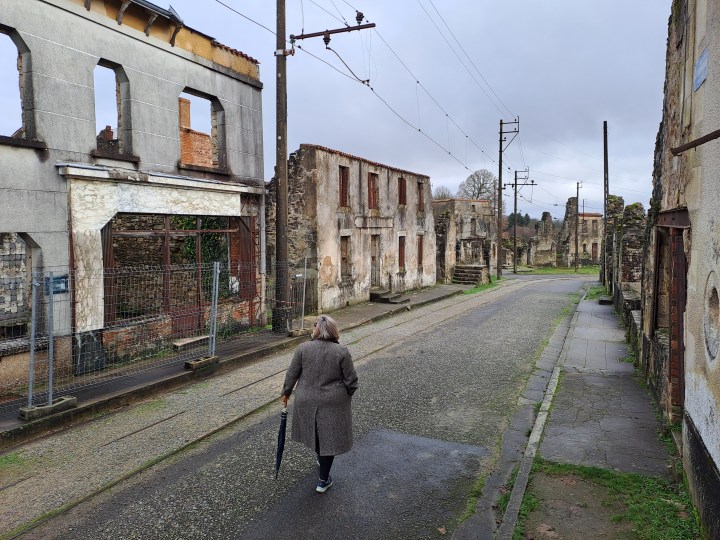
One of WW2’s great tragedies is commemorated in June. Clifford Roberts recounts his visit and what it all may mean in a world that seems no less on edge.
In June, it will be 80 years since the WW2 massacre of villagers at Oradour-sur-Glane in South-West France. I visited the village ruins, in the district of Limousin near Limoges, for the first time earlier this year and found myself unexpectedly struck mid-way with sorrow.
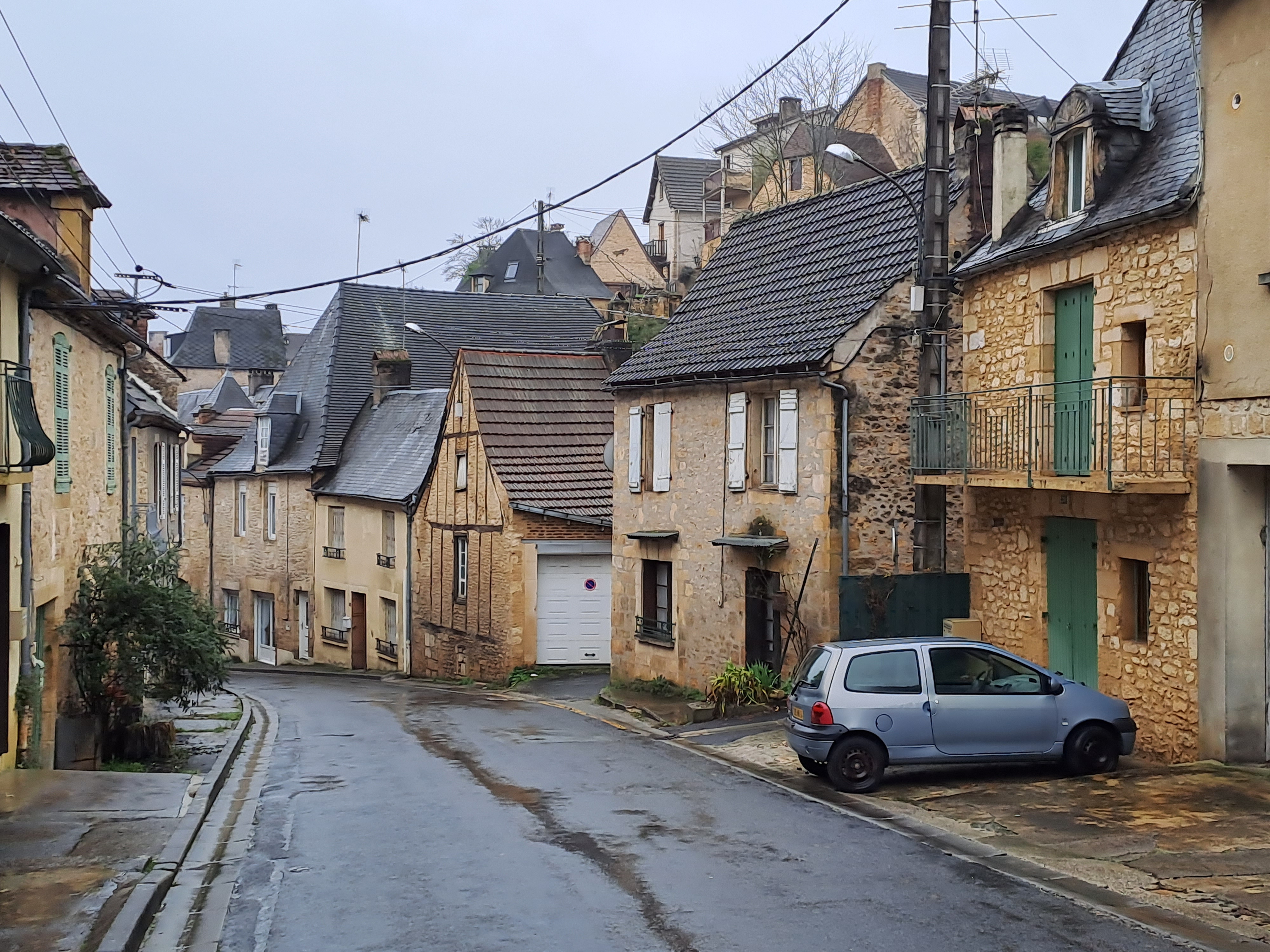
The Dordogne in South West France is home to quaint, stone-built villages with narrow streets and plenty of charm (Photograph: Supplied by the author).
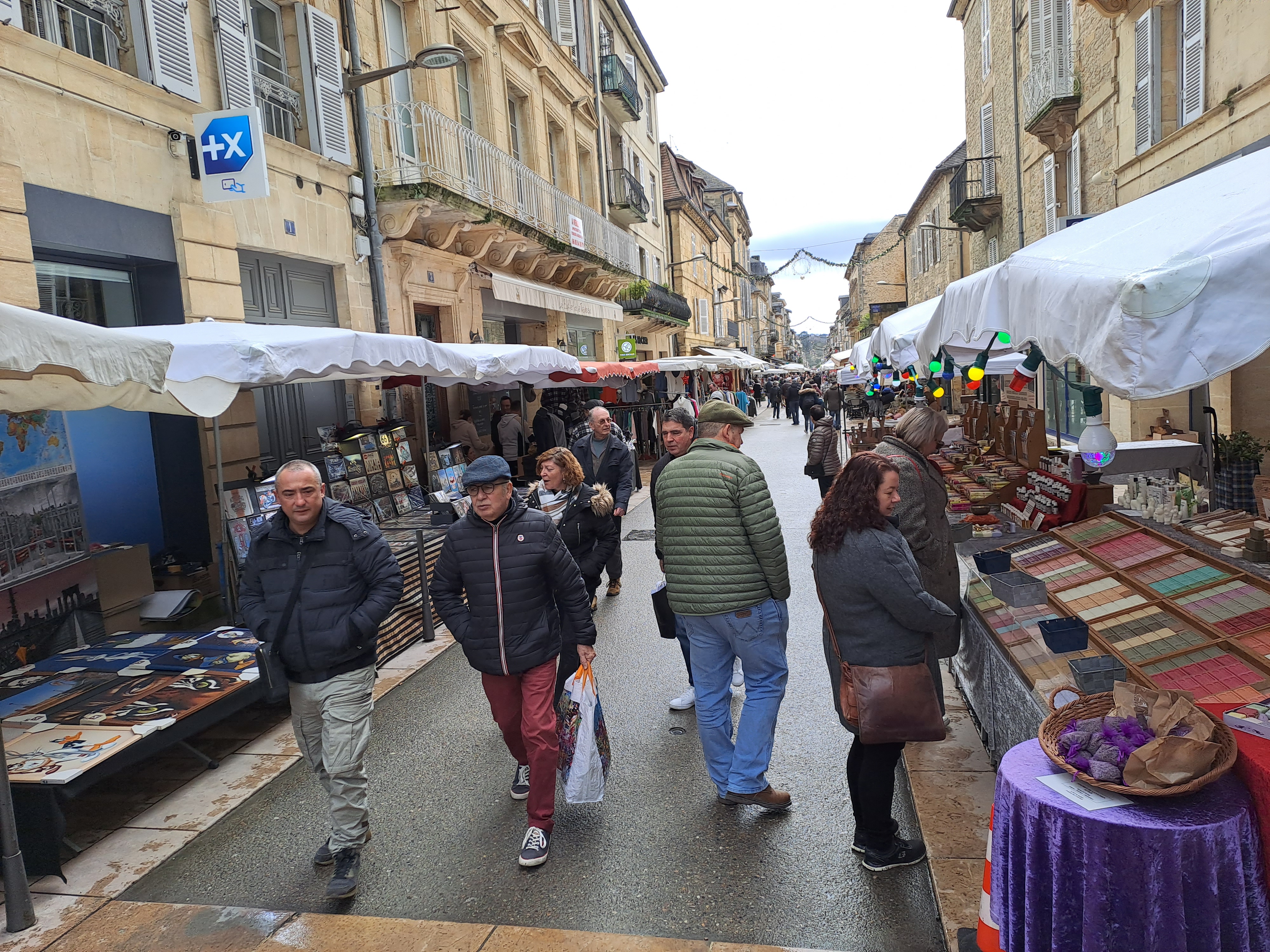
Country markets buzz in the early mornings with stalls selling fresh produce, cheese and home crafts (Photograph: Supplied by the author).
Unexpectedly because, like any trip to this part of the world, I’d been to many historical sites. For South Africans especially, most are remote in our imagination although we’ve come to know violence intimately. In Europe, you steel yourself going to places like Auschwitz, for example. But rural France, with its abundant charms of cheese, wine and quaint crofts?
At first, I thought the obvious trigger for my psychological descent at Oradour was simple. Amongst the remnants of walls, lay the remains of sewing machines and old bicycle frames; and rusty awning brackets that once extended over the tables at bustling streetside cafés.
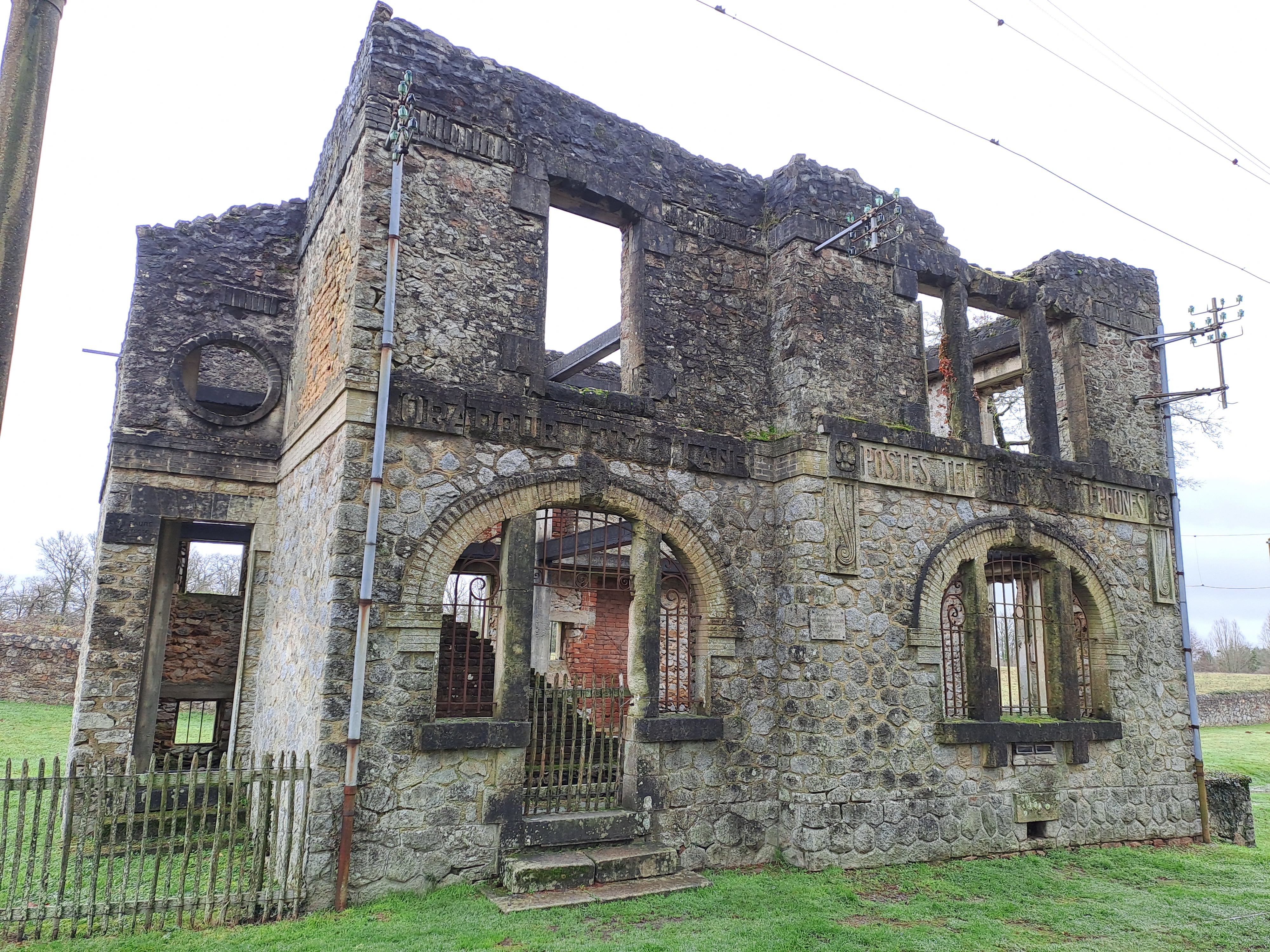
The old post office (Photograph: Supplied by the author).
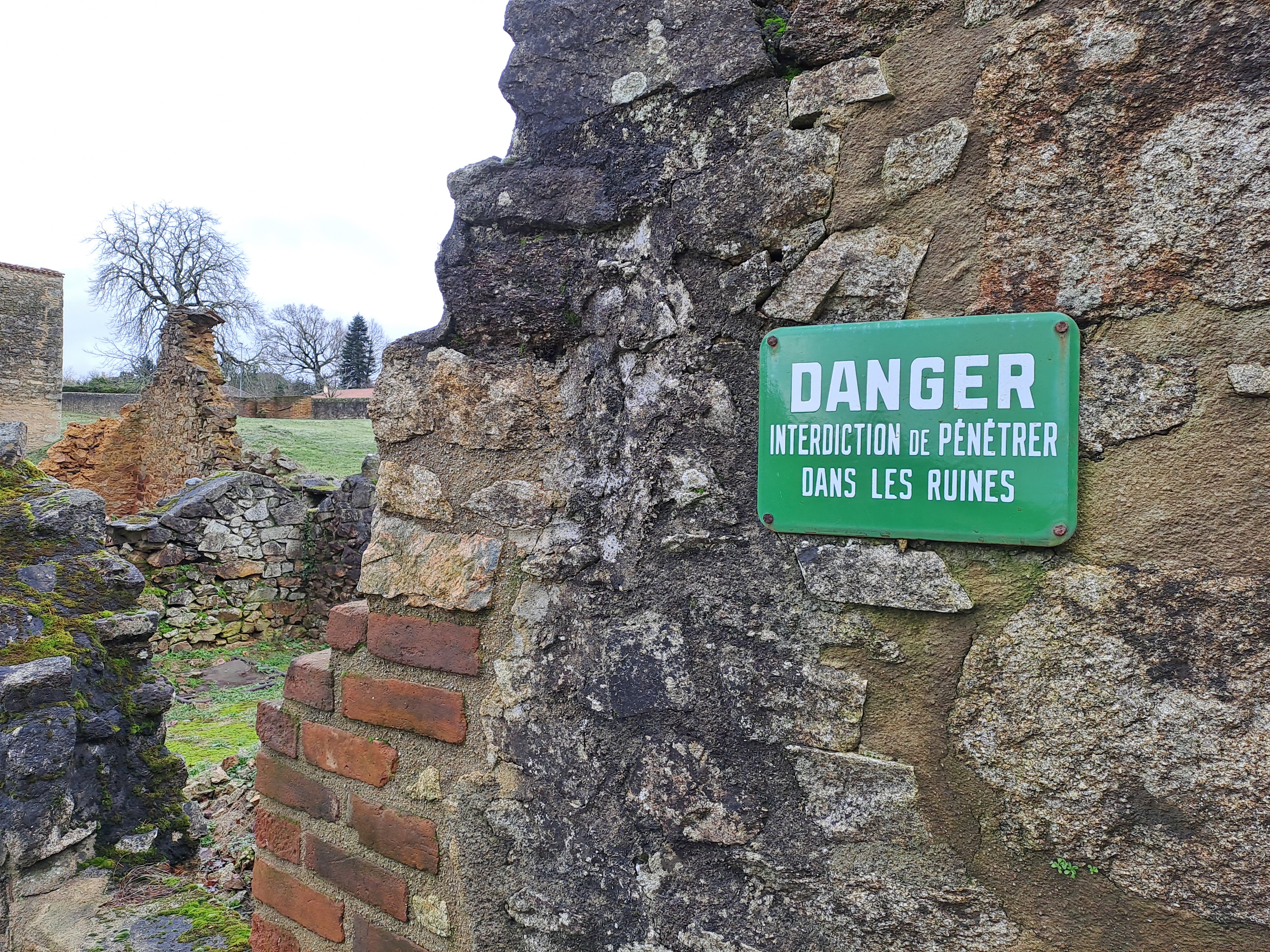
Even after 1944, danger never left the streets of Oradour-sur-Glane (Photograph: Supplied by the author).
It was the banal come back to life as testimony of the day a nazi unit rolled in, rounded up the townsfolk and set about their killing. They burned the men to death and machine-gunned women and children in the village church.
One day, one village: more than 640 dead. It is now a space of absence that extends over some 15ha, maintained as an official memorial and museum by the French state. A new town was built nearby, within sight of the ruins.
This happened just four days prior to the D-Day landings on 6 June, 1944, that had begun 420km north, in Normandy. The Allies were gaining the upper hand and some 15 months later the war would be over.
But in the South, a German Waffen-SS company descended on Oradur-sur-Glane for the sake of meting out a collective punishment for Resistance activity in the area.
Most of the victims were non-combatants, and thanks to a handful of people that managed to escape — the last of whom died last year in February aged 97 — the events of that day are well-documented.
Once the clatter of gunfire had died down, the soldiers set fire to the buildings. Most were made of stone and remain immortalised along with the shells of a few motor vehicles, trinkets and metal implements, as a memorial. But anything made of wood or other fabric is gone.
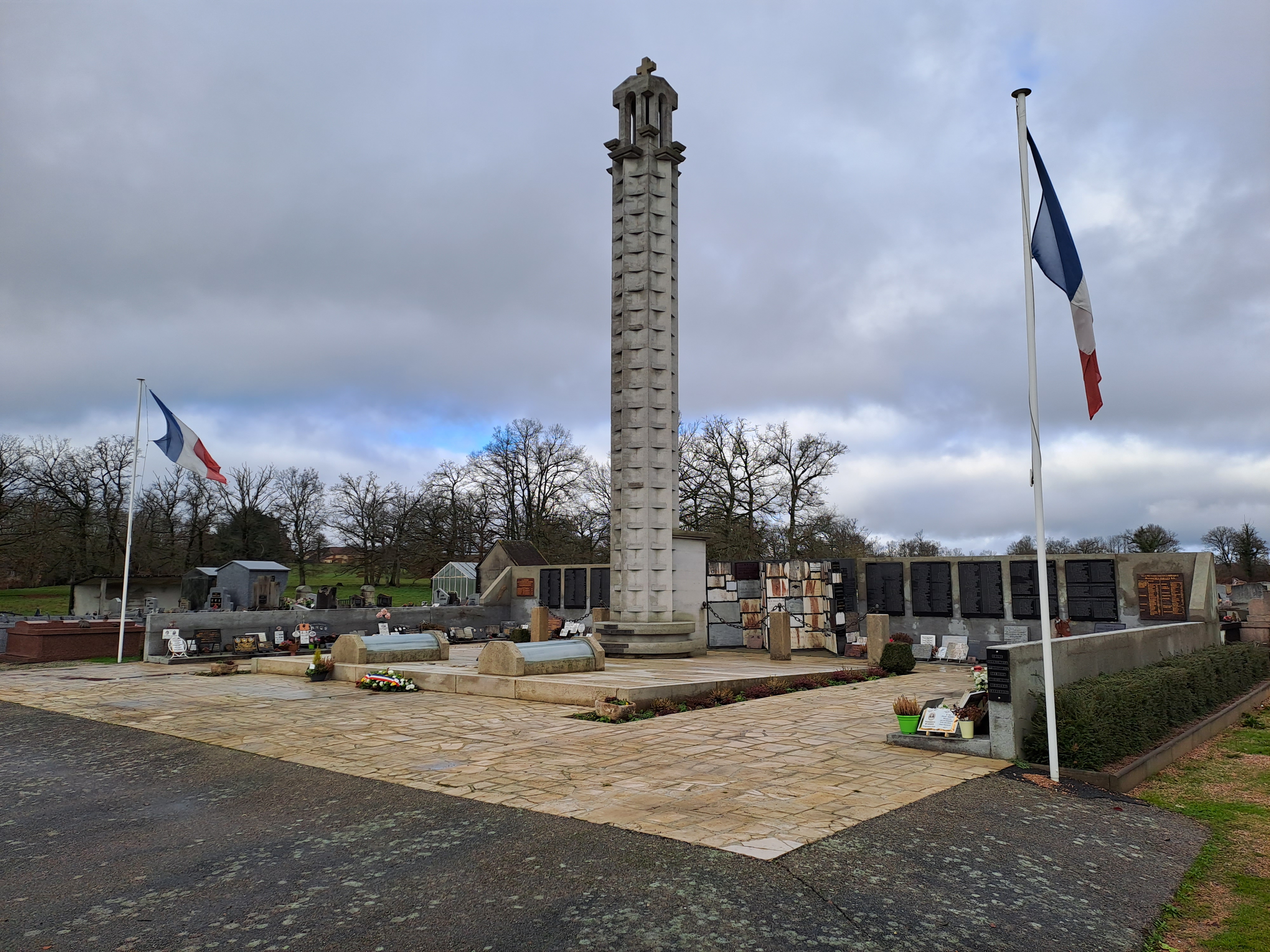
The memorial at Oradour-sur-Glane includes a mausoleum – all within sight of the town built after the war (Photograph: Supplied by the author).
Now, visitors can stroll the streets where grass is kept short, and follow the tramlines installed in 1930, past what remains of the old post office, schools, workshops, boarding houses, cafés and homes. A few places have been signposted, such as the location of the former Chez Milord hotel-restaurant; the hairdresser Chez Lucien; and, the granary of one J. Roumy. Where buildings were multi-storeyed, stone staircases leading to what would have been a wooden landing, end in mid-air. There are troughs for animals, a water well, decorative tiles partially covered with the grime of years.
The only car on the street is a vintage Peugeot 202, abandoned and rusting away at the town square or Champ de Foire. The car is believed to have been either the doctor’s car or that of the local wine merchant.
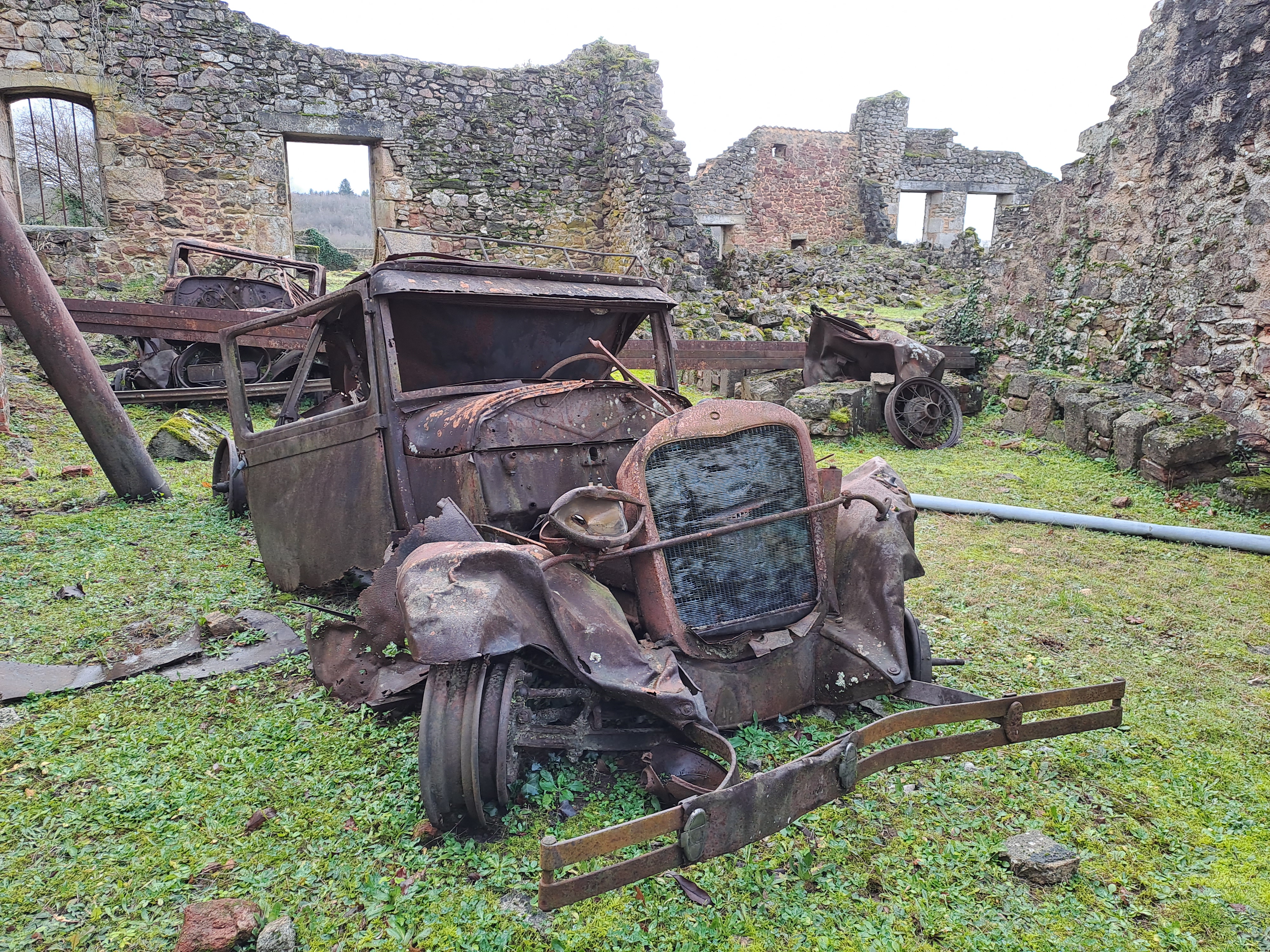
The signs of a former life are everywhere, frozen in time (Photograph: Supplied by the author).
The walk usually concludes at a memorial and the cemetery, with its many delicately framed pictures of babies and the elderly. Of teenagers, their fathers and mothers. The names are listed with ages.
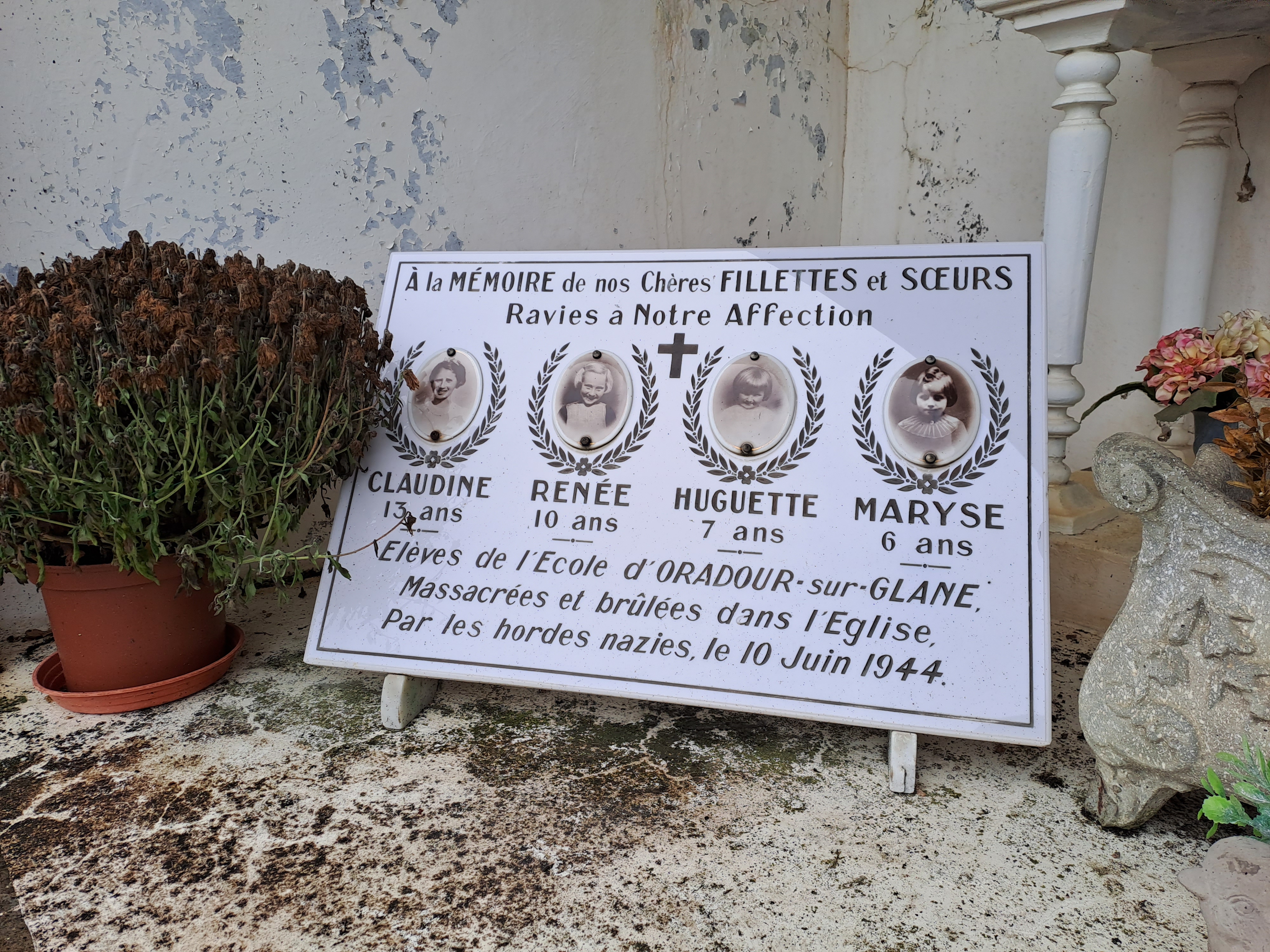
Pictures of those among the slain in June 1944 hit hard (Photograph: Supplied by the author).
On my visit, the few surrounding trees were bare, and moss lined most things. There was no birdlife save for the cawing of a few ravens; and, for that matter, few other visitors eager to brave the cold. This was winter and I had a thought that the village never saw or would see another spring. But seasons exist only in their beholder and so, for the importance of the warning, we should wish that spring never returns — not here or anywhere such things have happened. We should hope that the warning be immortalised no matter how much we wish to protect every new generation from the horrors of the past.
We were a small group that arrived on this day among the ruins, and conversation quickly dissipated. For days after I wondered about how this connection unlocked all other events blandifed by endless streams of information that have become our daily lives.
We’ve franchised horror to Hollywood and our abhorrence to social media. Oradour was another door to the reality that has played out and continues to play out in all the conflicts we’re observing — the violence meted out by war-mongers on innocents.
In his 2023 Booker Prize novel, Prophet Song, Paul Lynch recounts the story of a woman caught up in the tyranny of a new totalitarian government. Describing the dissolving of society, he writes: “All your life you’ve been asleep, all of us sleeping and now the great waking begins”.
It’s what happens in a place like Oradour-sur-Glane. Suddenly one is reminded. As American writer James Baldwin said, “You think our pain and heartbreak are unprecedented in the history of the world…[before realising] that the things that tormented me most were the very things that connected me with all the people who were alive, or who had ever been alive”.
Among the ruins at Oradour, a handful of stone engravings plead simply “Souviens-toi” — Remember. For me, this connection with the generations hits hardest when I get to the church. It was a catholic congregation dedicated to Saint Martin of Tours; a place of worship built in the typically sturdy Romanesque style. Thick walls, arches, a high roof, a square at the entrance and very different to the Gothic elaborations of its better-known cousins at Limoges, Chartres and Notre-Dame. Inside, it is small but with that same chilly air, stone surfaces and ancient dust.
The walls invite touch, like some giant beast come back from prehistory. There are no benches. It is empty.
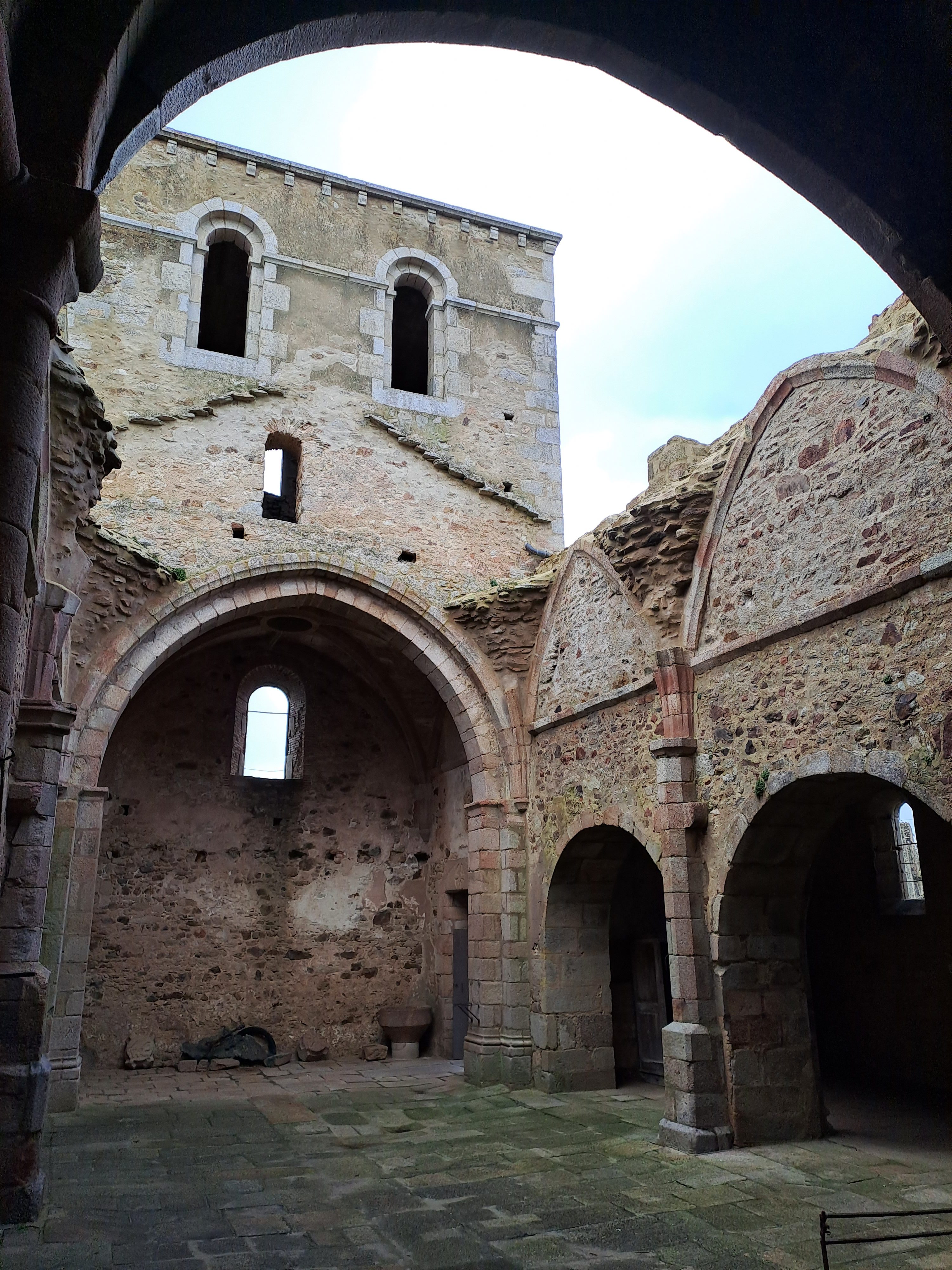
The remains of the church, the scars of the massacre are still clearly visible (Photograph: Supplied by the author).
As my eyes adjust to the half-light, I begin to see the bullet holes. Many, many, many of them. There are what seem to be nicks and chips where shots glanced off; and, some where a rusty nub indicates a stubborn, embedded round.
After a while, I depart, pausing at the threshold. I glance down at the smooth curve of the sill. Centuries of footfall have worn down the travertine. Way more than 80 years of pilgrimages and tourism to this tragic site. I don’t know the history of this church before the war. For most of us, it is lost to the events of June 10, 1944. Its story is frozen.
But that still speaks of multiple generations of community gatherings, convening over celebrations and yes, much sadness of humanity too. DM

















 Become an Insider
Become an Insider
Thank you for sharing, and prompting our practice of remembering, again. Much appreciated.
I often wonder about the people in Waffen-SS unit that did this.
I knew one of these people. An artist friend of my mother’s who was hiding out in the back woods of the former colonies.
He was not evil person or psychopath, but a rather eccentric and bad artist. He used to be a sargent in the Waffen-SS in France during the war and obviously had a past. He could never return to Germany and could not let on to anybody in the wider world where he was.
How could such ordinary people do such terrible things as soldiers?
Brings to mind the incredible cruelty of the Russians in WW ll when they murdered 22,000 young Poles in the Katyn massacre, executing them one by one with pistol bullets to the head.
This mindset is evident today in Vladimir Putin as there is a certain similarity in the Soviet’s invasion of Poland to kill its citizens for no reason other than conquest, and y Putin’s invasion of Ukraine to do the same. And this man is revered by the ANC who pay homage to him at every opportunity, Sick.